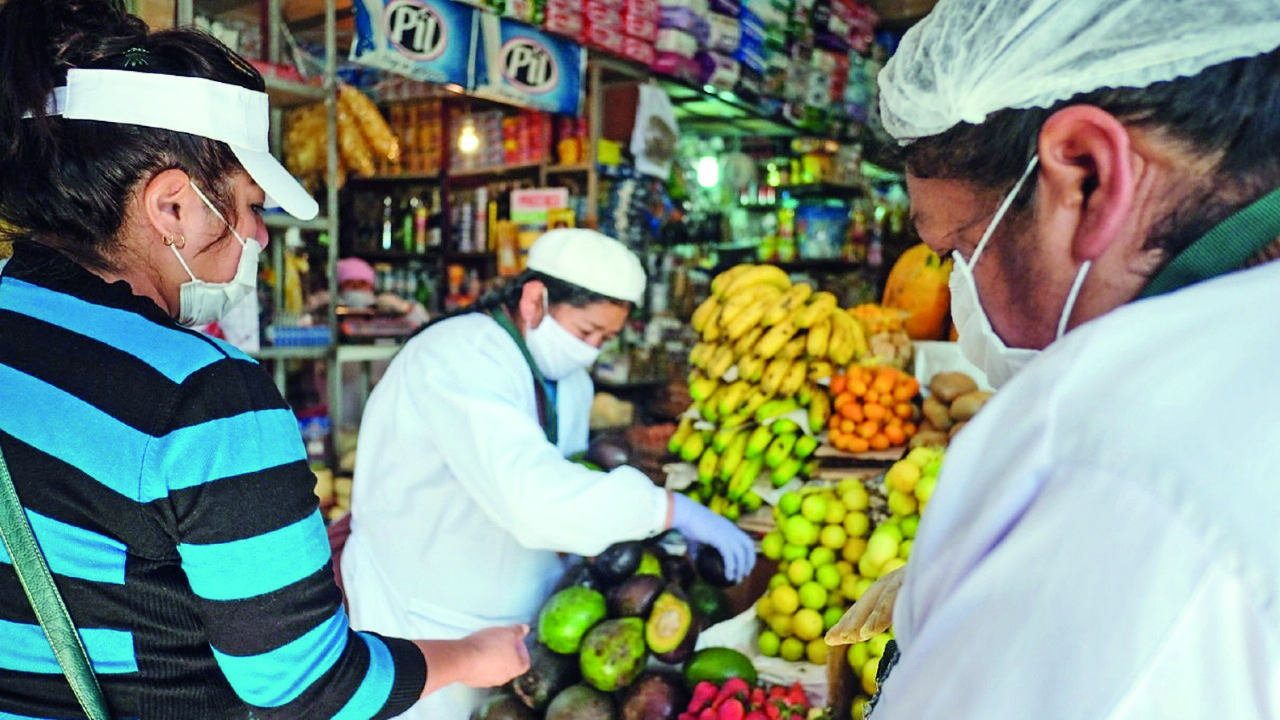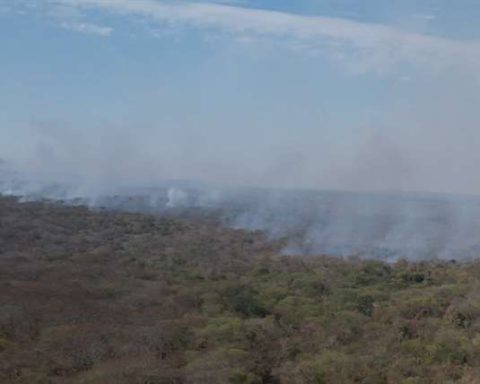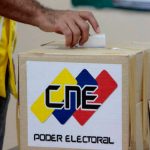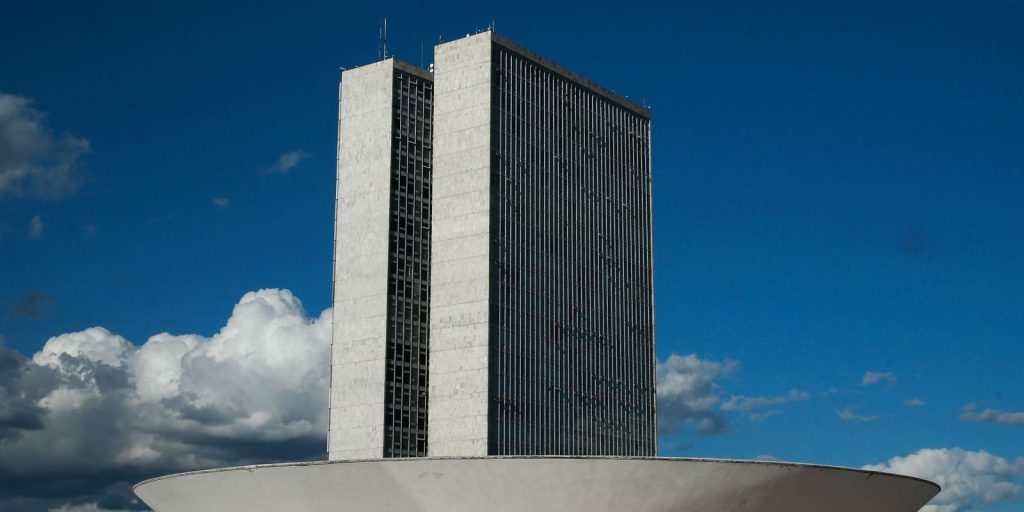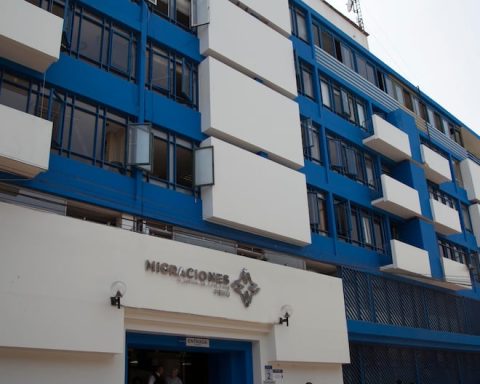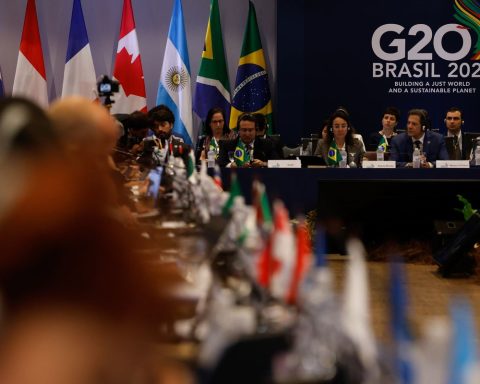Page Seven / La Paz
In time for one year of President Luis Arce’s administration, businessmen and analysts point out that the opening and end of the quarantines due to the covid pandemic helped in the reactivation, but warn that political conflicts threaten the economy.
They note that some of the measures implemented by the Government against the economic crisis after the pandemic were insufficient or limited.
The Ministry of Economy highlighted that more than 4 million people collected the Bonus Against Hunger with a disbursement of 588 million dollars, 58,974 people benefited from the refund of the Re-VAT and 204 taxpayers of the Tax on Large Fortunes paid 240 million Bolivians.
As measures, public investment was also boosted, which between December and June reached an execution of 999 million dollars. Likewise, import substitution credits (SI Bolivia) were created.
The former president of the Central Bank of Bolivia (BCB) Juan Antonio Morales said that the lifting of restrictions on mobility and the elimination of quarantines had an important effect on the reactivation of economic activity throughout the country.
He added that the Bond Against Hunger also had an effect on the expansion of the economy by helping households in vulnerable situations. “The other measures are of little scope, for example, the SI Bolivia credits did not reach large companies and the amounts disbursed are small,” he added.
In the case of public investment, he indicated that, having a fiscal deficit above 9%, there are financing difficulties and the current figures for execution are unknown. While private investment is contracted and productivity is low.
According to Morales, there are two issues that complicate the reactivation and one of them is political uncertainty. “The political environment conspires against the reactivation of the economy and the second problem is the high fiscal deficit. It is not possible that this will continue to apply expansionary fiscal and monetary measures because this puts macroeconomic stability at risk, ”he warned.
The president of the National Chamber of Industries (CNI), Ibo Blazicevic, said that a favorable measure since the Arce government took office has been to avoid quarantines.
“This has been good and has allowed us to start going out and regain normalcy, although there are still sectors that are not reactivated, the border in Yacuiba was just opened,” he stressed.
Another positive measure for the industrial sector has been tax incentives for the import of capital goods.
Among the aspects that still do not improve is the lack of signals to attract foreign private investment and the exit of some companies is worrying.
“The signs that are given are of high conflict and we hope that this will improve in the second year, because if this persists it will harm the transport of food and supplies and prices will rise,” he warned.
On the other hand, Blazicevic argued that the government’s credit policy only focused on micro and small companies and did not reach large ones. He also pointed out that public investment, while helping to boost the economy, must be accompanied by private investment.
He pointed out that the Bonus Against Hunger was an important injection of money into the economy and helped to boost domestic demand, but it ended up in the purchase of products that were smuggled in. “It should improve investment execution. This year there will be good economic growth, the problem will be in 2022, at least the perspective of international organizations is of 3% growth for Bolivia and the region, there will no longer be the rebound effect ”, he added.
For the Center for Studies for Labor and Agrarian Development (Cedla), the government of Luis Arce arranged a series of measures to “rebuild” the national economy, by boosting domestic demand by increasing income from the social sectors. and the treasury.
But most of the government’s economic measures stand out for their insufficiency to attack the causes of the crisis, as well as their little impact on the recovery of jobs lost during the pandemic or on the creation of new job sources and the improvement of the job quality, he adds.
The economist Luis Fernando Romero stated that, on balance, 30% of the reactivation responds to government policies and 70% is the result of the improvement in the world economy that caused a greater demand for Bolivian export products.
“More is sold for good prices and that causes income to improve. There is a policy geared towards aggregate demand, but the flaw is that the policies forgot the aggregate supply, many companies are at a loss, resources were not directed to the formal private sector, which faces smuggling and greater fiscal pressure ”, he observed.
Among the positive measures is the VAT refund, but “its effect is limited, and import substitution credits because it is important as long as there is industrialization.”
Unemployment falls at the cost of greater informality, according to Cedla
The economic reactivation measures did not have an impact on the recovery of all the jobs lost during the pandemic and neither did they influence the creation of new job sources or the improvement of the quality of employment, according to the Center for Studies for Labor and Agrarian Development (Cedla).
According to the Government, the unemployment rate fell from 11.6% in July 2020 to 6.4% this year due to the policies implemented.
However, for Cedla, the simple observation of streets and commercial fairs crowded with vendors, who are nothing more than people in search of income to survive, encourages the idea that the decrease in unemployment was produced by an increase in occupation in the urban informal sector.
This is because there is a slow recovery in the activities of the state and business sectors. Informality generally shelters very precarious jobs, without rights and under conditions of underemployment.
According to Cedla, in 2020, the critical year of the pandemic in Bolivia, the open unemployment rate was 11.9%, equivalent to 477,661 unemployed people, a result of massive layoffs and the paralysis of economic activities due to the quarantine. As of July of that year, the figure was 700,000.
Among the unemployed, young people between 15 and 24 years of age had the worst share, with a rate of 25%, the population with the highest educational level (15%) and women (14.8%).
